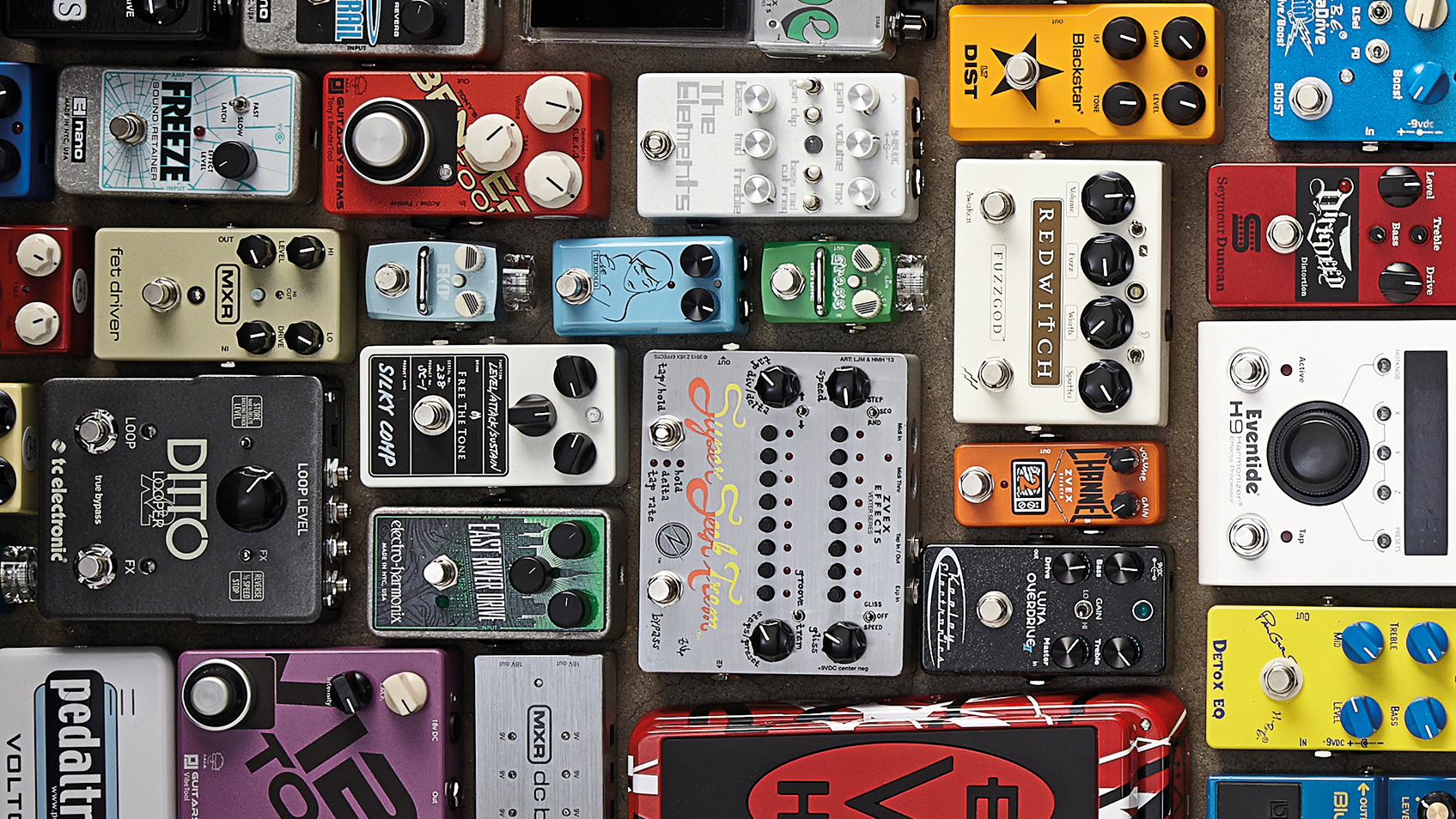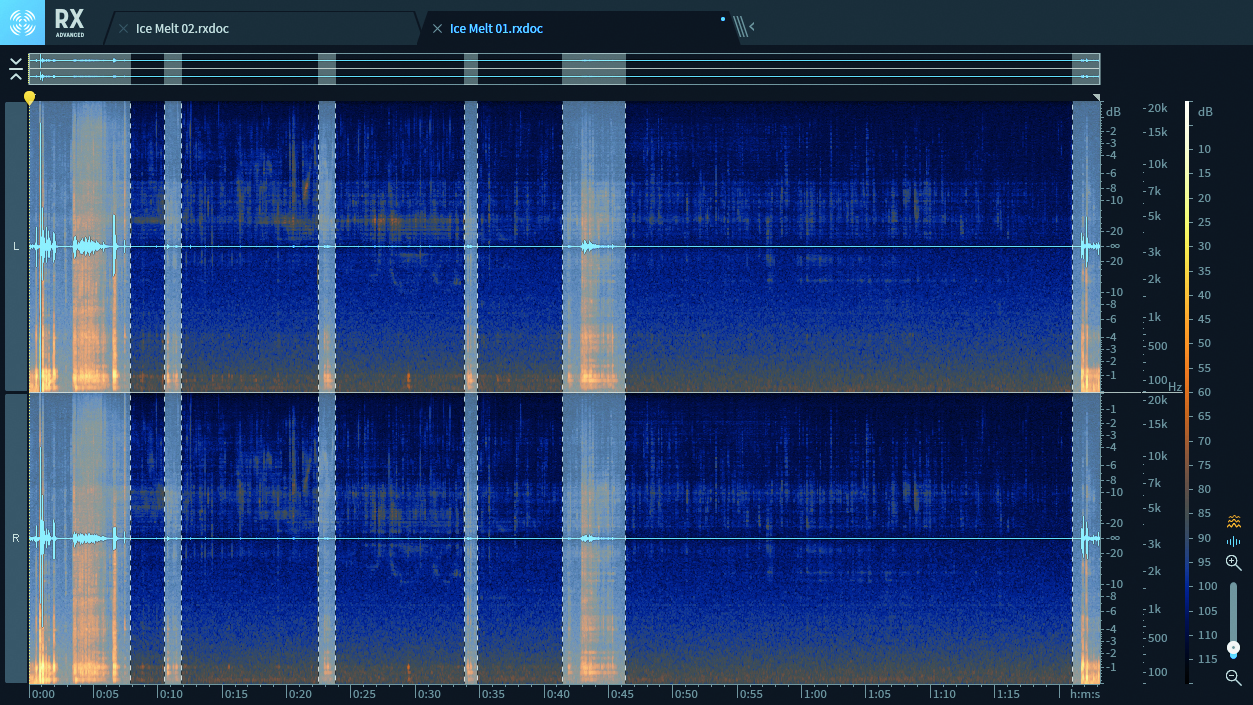The beginner's guide to: noise
With roots as far back as 1913, noise is the genre that’s also a state of mind

Next up in our beginner's guide series is a genre that's also a technique, a style and a radical artistic philosophy. We never promised you that genres were simple.
Unlike most genres, the name ‘noise’ alone probably conjures a good mental image of what we’re talking about. The name has retrospectively been applied to more than half a century’s worth of experimental music which was known by different names at the time, but the common threads are exactly what you’re probably thinking: distortion, non-musical sounds, atonality and dissonance.
Noise aesthetics have made their way into most genres in some form or other
Let’s start with Italian Futurist artist Luigi Russolo’s 1913 manifesto L’Arte dei Rumori (‘The Art of Noises’), which posited that the modern human ear was bored by traditional musical sounds, and argued for a future in which industrial and artificial noises were considered art in themselves: “The variety of noises is infinite. If today, when we have perhaps a thousand different machines, we can distinguish a thousand different noises, tomorrow, as new machines multiply, we’ll be able to distinguish ten, twenty, or thirty thousand different noises, not merely in a simply imitative way, but to combine them according to our imagination.”
Russolo’s sound art experiments were seriously niche stuff at the time, although now considered hugely important by historians of the genre. Fast forward 50-odd years and you can start to see those avant-garde roots making their way explicitly into (slightly) more commercially mainstream rock music, notably with The Velvet Underground’s “consciously anti-beauty” second album, White Light/White Heat.
By the mid-1980s, rock and post-punk bands were actively embracing the unsettling sounds of noise, with the term ‘noise rock’ emerging to describe bands like Big Black, Swans and Sonic Youth.
Retrospectively, quite a few ’60s and ’70s albums were cited as forerunners of the noise rock sound, including White Light/White Heat, Lou Reed’s Metal Machine Music, The Scream by Siouxsie and the Banshees, Public Image Ltd’s First Issue and The Stooges’ Fun House.
From a more electronic perspective, you can see the emergence of noise stylings running in parallel with industrial music, a genre we’ve covered previously in this column.
Get the MusicRadar Newsletter
Want all the hottest music and gear news, reviews, deals, features and more, direct to your inbox? Sign up here.
The use of synths, effects processors, found sound techniques and non-musical instruments (from power tools to literal industrial objects) helped define the avant-garde sound of industrial into the ’80s, overlapping with the ‘power electronics’ sound of acts like the controversial Whitehouse.
Nearly 110 years on from Russolo’s manifesto, noise still has the power to shock and confuse the general public
This column is guilty at times of overlooking scenes from further afield. With noise, it’s important to pay tribute to the hugely important Japanese noise (‘Japanoise’) scene, with acts including Merzbow, Keiji Haino and Incapacitants helping to define a fertile and distinct take on noise aesthetics.
At risk of generalising, Japanese noise is typically less concerned with the shock value approach that sometimes defines Western noise, and more interested in purist artistic ideals of minimalism and the rejection of traditional musical forms.
Noise aesthetics have made their way into most genres in some form or other, whether it’s the use of heavy distortion in so many rock genres, the extreme synth and processing techniques of EDM-style dubstep, or even the vocal processing techniques that have become mainstays of 21st century rap. Most clearly of all, so many branches of techno have adopted elements of noise. Unsurprisingly, however, noise in its purest form has rarely troubled the pop charts.
Nearly 110 years on from Russolo’s manifesto, noise still has the power to shock and confuse the general public, despite Russolo’s lofty claims that it was the future of music.
Three cheap ways to get into noise
Guitar distortion pedals (from $5)
Noise isn’t just about distortion, but it’s the perfect starting point for adding some noisy character to your own productions. Most guitarists are perfectionists about their tone and typically search out the ‘must-have’ distortion and fuzz pedals, which means unloved models go for pennies on the second-hand market.
Don’t stress too much about brand names and specs, just experiment with whatever cheap stuff you can lay your hands on: run drums, synths, found sounds and samples through them until you hit just the right level of scuzz.
Microphones (from $5)
Studio engineers might agonise over the best choice of thousand-pound mics for vocal recordings, but life is a lot easier if you’re looking for feedback, hiss and dirt. Pick up a few junk mics and get creative with techniques: place them ‘incorrectly’, leave the monitors on when recording, and even run them through a bad preamp for the best bad results.
Found sound (free!)
Sound sources really don’t need to be expensive in noise music. Radio static, found sound, field recordings and feedback must be some of the easiest and cheapest sounds to create.

The biggest question is how you’re going to incorporate them into your productions, whether you go for a more subtle noise element or a glitchy digital approach, or whether you adopt one of the most extreme approaches of noise purists: take your pick from the slow, near-motionless drone synths, rapid-editing ‘cut up’ style, or crushing static of the ‘harsh noise wall’ approach...


Future Music is the number one magazine for today's producers. Packed with technique and technology we'll help you make great new music. All-access artist interviews, in-depth gear reviews, essential production tutorials and much more. Every marvellous monthly edition features reliable reviews of the latest and greatest hardware and software technology and techniques, unparalleled advice, in-depth interviews, sensational free samples and so much more to improve the experience and outcome of your music-making.
"If I wasn't recording albums every month, multiple albums, and I wasn't playing on everyone's songs, I wouldn't need any of this”: Travis Barker reveals his production tricks and gear in a new studio tour
“My management and agent have always tried to cover my back on the road”: Neil Young just axed premium gig tickets following advice from The Cure’s Robert Smith










